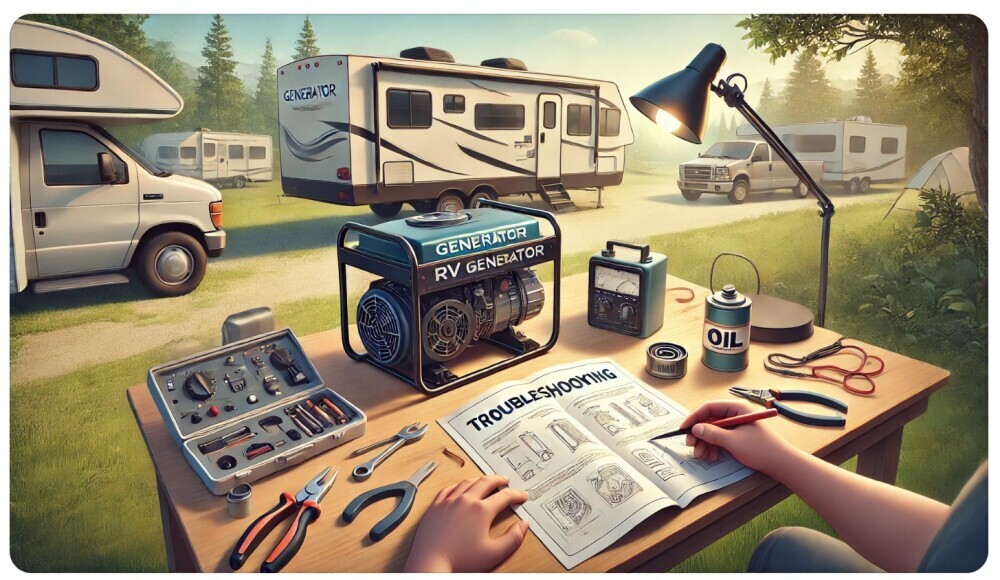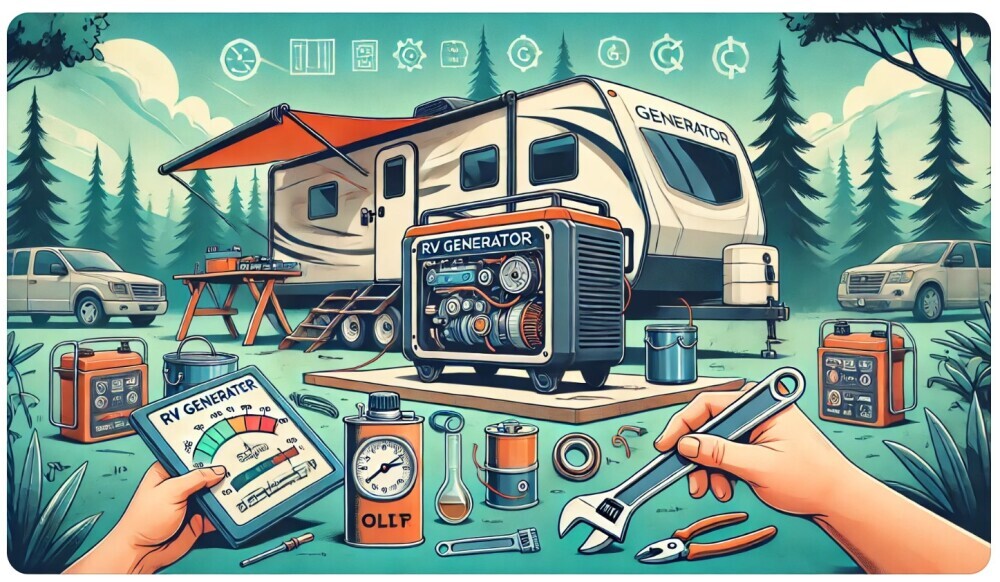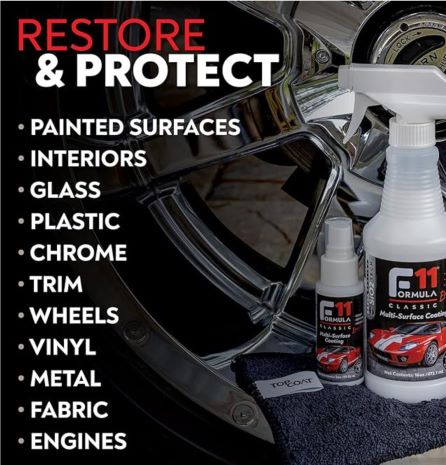RV generators are like the heartbeat of your rig, keeping the lights on and the appliances running smoothly while you’re out exploring the world with no RV park shore power. These handy machines ensure everything in your RV home away from home works just the way you want it to.
There are two main types of RV generators: portable and built-in. Portable generators offer flexibility since you can move them around and use them for other purposes beyond just RVing. On the other hand, built-in ones come installed in your RV, typically offering quieter operation and often more power.
Keeping up with regular maintenance is crucial if you want your generator running like a champ for years to come. Not only does it improve efficiency, but it also prevents those unwanted hiccups that can stall your adventure in its tracks.
Trust me, a little upkeep goes a long way in stopping small issues from turning into big, costly repairs.
Understanding your generator’s key components can feel like learning a new language, but it’s totally doable and essential. There’s the engine, alternator, fuel system, cooling system (some air-cooled, some liquid-cooled), and exhaust. Each plays a role in keeping the generator running effectively, so it’s worth getting familiar with these parts to better care for them.
Routine Maintenance: Keeping Your RV Generator in Top Condition
Maintaining your RV generator might sound like a chore, but a little elbow grease can keep it purring for the long haul. Let’s chat about some of the must-do maintenance tasks every RV owner should know.
Oil changes are like giving your generator a spa day. Fresh oil means the engine stays well-lubricated, cutting down on wear and tear. How often should you change it? Check your manual, but generally, every 150 hours of use is a solid rule of thumb for Onan generators.
Air filter replacements are equally crucial. Dust and debris can easily clog things up, so make swapping out the filter a regular habit to keep things moving smoothly.
Nothing perks up a generator like a workout. Running your generator regularly helps maintain good performance. Yep, even when you’re parked up for a while, it’s a good idea to fire it up every now and then.
If you don’t use your generator often, a good rule of thumb is to run it at fifty percent load for two straight hours once a month. For example, if you have a 6,000-watt generator, run some appliances for a two-hour period to create a load of 3,000 watts on the generator.
Setting up a maintenance schedule is your best bet to avoid letting things slip. Create a checklist and jot down when each task needs doing. This way, you’ll know exactly where you stand and what needs attention.
Now, if you’re tucking your rig away for a season, make sure you prep your generator. Emptying fuel and giving it a once-over will be enough to keep things in shipshape during those off months.
Troubleshooting Common Issues: DIY Fixes and When to Call a Professional
Sometimes, even the best-kept generators throw a curveball. Identifying common hiccups early can save you some major headaches down the road.
If your generator refuses to start, there might be a simple fix. Check the fuel level and battery connections—low fuel or loose wires can often be the culprits. Double-check the oil level, too, as some generators have a safety feature that prevents them from running when oil is low.
A noisy generator is no fun, especially when you’re trying to enjoy some peace and quiet. Rattles and bangs might indicate loose components or a need for routine tuning up. Tighten bolts and screws and see if the noise calms down.
Is the power supply playing up? Check the circuit breaker or fuses to see if they’ve tripped. Sometimes, a reset is all that’s needed to get things humming again.
While DIY fixes can solve a lot, sometimes you’ll need to call in the pros. If there’s smoke involved or weird smells, it’s best to leave it to an expert. Those can signal more serious issues that need professional tools and knowledge.
Safety first! Anytime you’re poking around the generator, make sure it’s off and cool to avoid burns or other injuries. Keep a clean space so you’re not tripping over tools or wires.
Enhancing Longevity: Pro Tips and Advanced Maintenance Techniques
Keeping your RV generator in top shape doesn’t have to be rocket science. With a few expert tips, you can squeeze even more life out of it.
One smart move is using a fuel stabilizer. If your RV is going to sit for a while, the stabilizer keeps the gas fresh, avoiding blockages in the fuel system down the line. It’s easy and effective.
Ever thought of load testing your portable generator? It’s a handy way to see if it’s performing as it should under a bit of pressure. You can find load test kits at most RV or hardware stores. They’re worth having for that extra peace of mind.
Having the right tools and kits on hand can make maintenance much smoother. Basic toolkits, replacement filters, oil, and a voltmeter are all great staples to keep in your RV garage.
Keep yourself in the loop with the latest generator technology and updates. Manufacturers often release upgrades or advice specific to your model that can enhance performance or efficiency.
To learn more about us, click here.
Please feel free to ask a question or leave a comment before you read other articles on our website.
Pam and I hope that while you enjoy the RV lifestyle, you also run an online business from your RV! We do!!
With great RV connectivity, as discussed on this website, you can easily make money while traveling to whatever destination you desire.
Would you like to create an income while enjoying RV travel? Is there something that you are passionate about? You can create an online business that you can run anywhere. I can help you do that!











Recent Comments